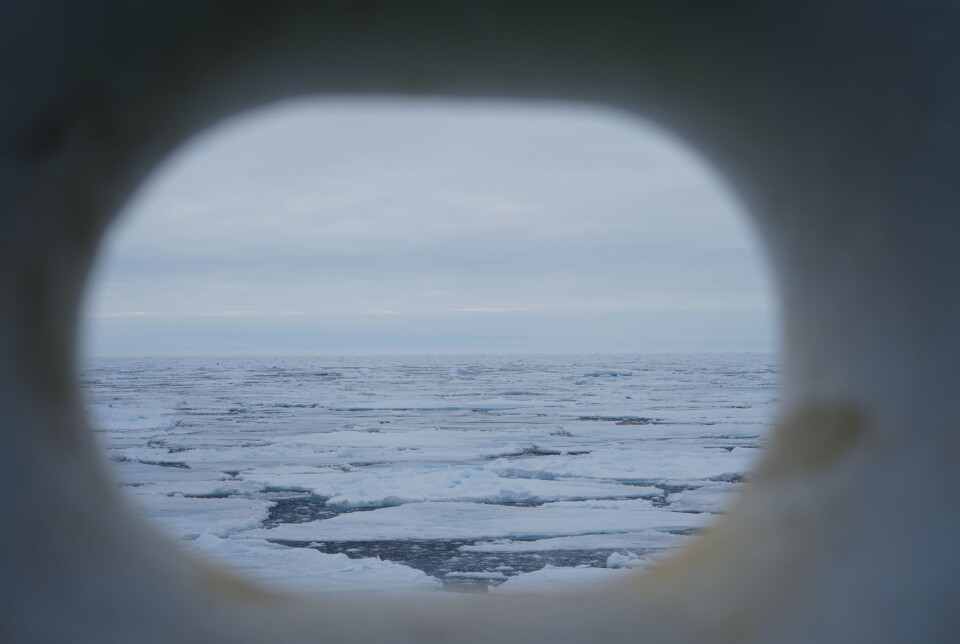OPINION

Trump administration should answer open questions about dual use of maritime vessels in the Arctic area
Remote areas are particularly susceptible to unlawful covert and legal gray zone activities that involve the dual use of maritime vessels that are located in the area beyond national continental shelves in the Arctic Ocean. Those maritime vessels might include icebreakers, buoy tenders, drone boats, fishing fleets, cargo ships, research vessels, survey ships, and autonomous underwater vehicles.
In the case of the Arctic Area, the United States does not have the intelligence, surveillance, and reconnaissance (ISR) capabilities required to effectively and efficiently detect many of these dual use activities right now. That includes passive detection of activities such as biological prospecting, cyber operations, false flagging, illegal fishing, information operations, physical sabotage, private military contracting, and mineral exploration.
For Washington, the good news is that the Russian Federation does not have those ISR capabilities either. That will limit the ability of the Putin Regime to detect dual use activities involving maritime vessels by the member states of the North Atlantic Treaty Organization (NATO).
These geopolitical realities beg important questions about the dual use activities involving maritime vessels in the Arctic Area and beyond. One is whether the United States Government should invest in the construction of a proactive Arctic posture to better mitigate against these dual use activities. Another is whether the United States should be conducting these sorts of dual use activities itself.
The White House and U.S. Congress might want to provide answers to those open questions as they carry significant policy implications for Arctic affairs.
Among other things, an expanded U.S. Arctic posture would make it easier for the U.S. Government to execute defensive and offensive moves in the Arctic. Those include decoy, deflection, counterplay, and prophylaxis moves against the Russian Federation and its allies.
Increased U.S. capacity to execute those defensive and offensive moves could therefore become a game-changer in major power competition in the Arctic and beyond.
At a minimum, one would expect that it would put pressure on the Putin Regime to rethink the global posture of the Russian Armed Forces. That includes the portion of its posture that is currently engaged in the War in Ukraine.
One would imagine that the Zelenskyy Administration would welcome that development.
-----------------------
Michael Walsh is an affiliated research fellow at LMU Munich and a non-resident senior fellow at the Foreign Policy Research Institute.















